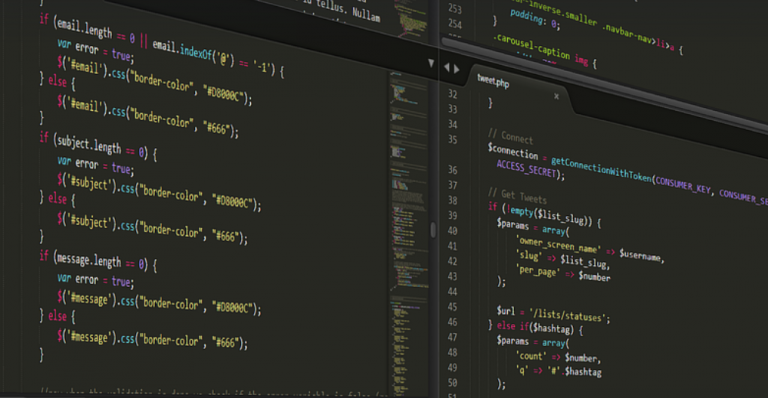A Quick Guide for Creative Entrepreneurs
You know that feeling right after you’ve finished a big design project? That rush of accomplishment, satisfaction, and maybe even a touch of exhaustion. But how long do you actually spend on these creative journeys? If you’re like most designers, there’s no magic number, but knowing your time estimates helps make projects smoother and more profitable. This blog explores the world of graphic design time estimations—the art of predicting project duration with a bit of creativity thrown in. It might seem daunting to estimate everything down to the minute, but trust us, it’s not as complicated as you think! Remember that your estimates should be flexible and adaptable. It’s okay if your timeline gets adjusted or even shifts as you move through different phases of a project; that’s part of the creative process itself.
Let’s dive into the world of time estimation, understand why it matters for freelance designers and small businesses, and discover strategies to create accurate estimates.
Graphic Design Time Estimates: The Why
Understanding how long projects take is crucial for several reasons, especially in the fast-paced world of graphic design. Think about these key benefits:
- **Pricing:** Accurate time estimates help you set fair and competitive rates for your services, ensuring profitability and sustainability.
- **Client Communication:** Setting realistic timelines upfront helps clients manage expectations and avoid delays or misunderstandings.
- **Project Planning:** Time estimations form the backbone of your project workflow, helping you prioritize tasks, allocate resources, and avoid feeling overwhelmed.
- **Time Management:** It provides a framework for efficient time allocation, allowing you to focus on completing tasks without getting bogged down in unnecessary delays.
A Look at Time Estimation Methods
There are a few popular methods graphic designers and entrepreneurs use to estimate project durations, each with its own advantages:
**1. The “Big Picture” Approach:** This method is ideal for initial estimates. It involves creating a broad overview of the project’s scope, including deliverables, target audience, and any unique design elements. You can leverage online resources like style guides or existing templates to guide this stage.
**2. The “Task Breakdown” Method: ** This method breaks down the project into smaller actionable tasks that you can realistically complete within a specific timeframe. For example, if your project is creating a marketing brochure for a new product launch, consider these individual steps:
- Concept development and brainstorming
- Design concepts creation
- Client feedback and revisions
- Print preparation or digital delivery (including client review)
- Project completion
**3. The “Time-Tracking” Method:** This method relies on carefully documenting your time spent on different tasks throughout the project’s lifecycle. It helps you understand where you spend your time most effectively, identify areas for improvement, and more accurately estimate future projects.
* **Tips for Accurate Time Estimates:**
- **Define Scope Clearly: ** Start with a detailed understanding of the project’s scope. What are the key deliverables? Who is your target audience? How complex will the design elements be? The clearer you define these aspects, the more accurate your time estimates will be.
- **Break Down Tasks:** Divide the project into smaller, manageable tasks. This helps to create realistic expectations and makes it easier to estimate the time needed for each step.
- **Research & Resources: ** Use existing design resources or templates as a starting point to familiarize yourself with industry standards and best practices.
- Consider the Client’s Involvement:** How much input will your client provide, and how long will this process take? Factor this in when estimating project duration.
- **Account for Contingencies: ** Don’t forget to include a buffer of time for unforeseen events. These can be anything from design revisions to unexpected delays in receiving deliverables.
Final Thoughts: Embracing the Art of Time Estimation
Time estimation is not just about crunching numbers; it’s an art form that develops over time as you gain experience and refine your skills. Embrace this journey, experiment with different techniques, learn from your past projects, and most importantly, trust your gut feeling.
Remember: the more accurate you are in estimating project durations, the better equipped you will be to manage your workload, stay on top of deadlines, and create a sense of control over your creative process.
And who knows, as time keeps ticking, you’ll discover that these accurate estimations allow you to work with a higher level of confidence, creating more successful projects, and ultimately, thriving in the exciting world of graphic design.













